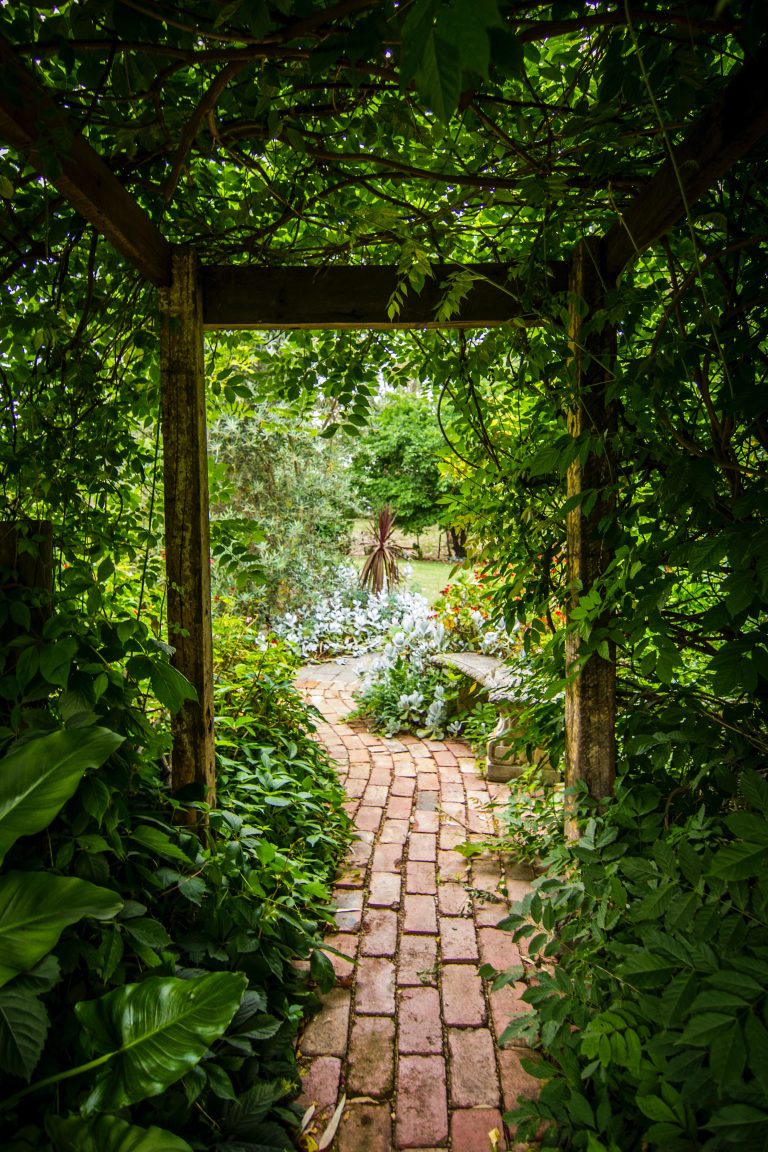A beautifully optimized garden space not only creates a visually stunning environment but also maximizes efficiency, making the most of every square foot. Whether you have a small urban garden or a sprawling suburban oasis, optimizing your garden space can help you create an area that’s both functional and visually appealing.
In this blog post, we’ll explore some tips and tricks to help you make the most of your garden, including clever layout planning, vertical gardening, multi-functional features, and using the right plants for your space.
Clever Layout Planning
To optimize your garden space, start by creating a functional and aesthetically pleasing layout. Analyze your space, considering factors like sunlight, shade, and drainage. Sketch out a plan that incorporates pathways, seating areas, and focal points while making the most of your available space.
Divide your garden into zones: Group plants with similar needs (e.g., sun-loving, shade-tolerant) together to make maintenance easier and create a cohesive look.
Use curves and diagonal lines: Curved paths and diagonal lines can create an illusion of more space and improve the flow of your garden.
Create focal points: Incorporate eye-catching elements like sculptures, water features, or specimen plants to draw the eye and make your garden feel larger.
Embrace Vertical Gardening
Vertical gardening is an excellent way to maximize your garden space, especially in small or urban environments. By growing plants upwards, you can make the most of limited ground space while adding visual interest to your garden.
Use trellises, arbors, and pergolas: These structures can support climbing plants like vines, roses, or clematis, creating a lush, vertical backdrop.
Install wall-mounted planters: Mount planters on walls or fences to grow herbs, flowers, or even small fruiting plants like strawberries.
Create a green wall: A green wall, or living wall, is a vertical garden that can be used to grow a variety of plants, from ferns to succulents, providing a stunning focal point for your garden.
Multi-functional Features
Incorporate multi-functional features into your garden design to make the most of your available space.
Use multi-purpose furniture: Choose furniture that doubles as storage, like benches with built-in storage compartments or tables with shelves.
Create edible landscaping: Plant fruit trees, berry bushes, or edible flowers to combine beauty and functionality in your garden.
Install rainwater harvesting systems: Collect rainwater in barrels or other containers to use for watering plants, reducing water waste and saving space.
Multi purpose log cabins: If you have a large garden you might also consider investing in a tuin residential log cabin. It can act as a guest house, an office, extra storage space and much more. For more details and a variety of models you can check Tuin.co.uk.
Choose the Right Plants
Selecting the right plants for your garden is crucial for optimizing your space. Consider factors like size, growth habit, and maintenance requirements when choosing plants.
Opt for dwarf or compact varieties: Many popular plants come in dwarf or compact varieties, allowing you to enjoy their beauty without taking up too much space.
Plant in layers: Use a layered planting approach, with taller plants in the back, medium-sized plants in the middle, and shorter plants in the front to create depth and make your garden feel larger.
Choose low-maintenance plants: Select plants that require minimal pruning, watering, and other care to make garden maintenance more manageable.
Optimizing your garden space can help you create a beautiful, functional, and efficient outdoor area. By following these tips, you can transform your garden into an inviting space that maximizes every square foot. Remember, the key to a successful garden is planning, creativity, and a willingness to experiment with new ideas. With a bit of effort and a touch of imagination, you can create a garden that’s both visually stunning and incredibly efficient.

